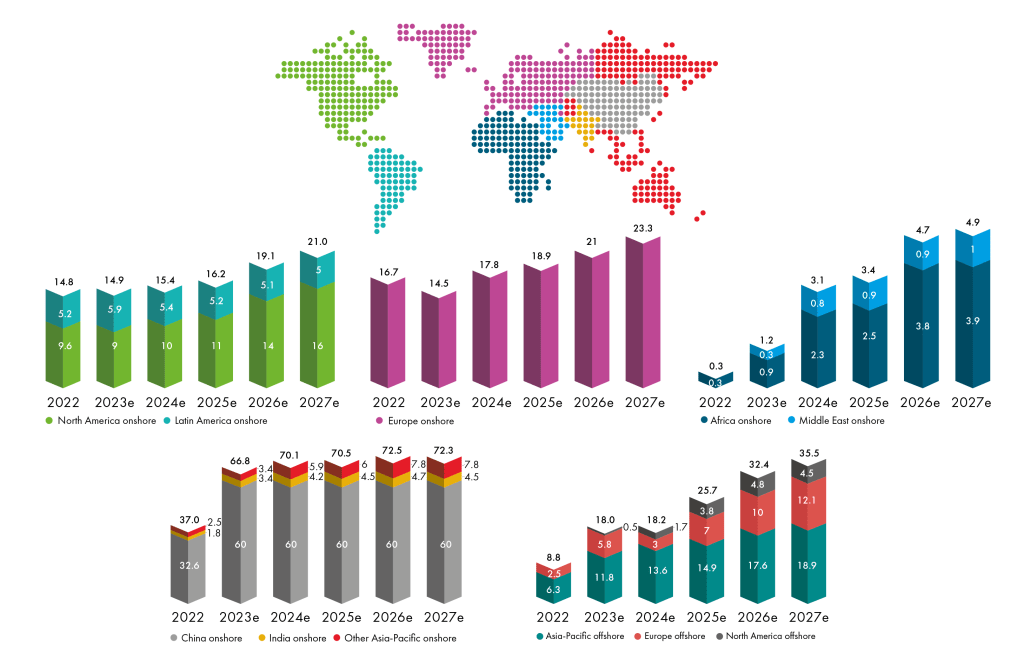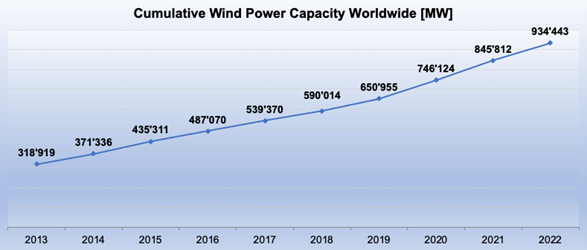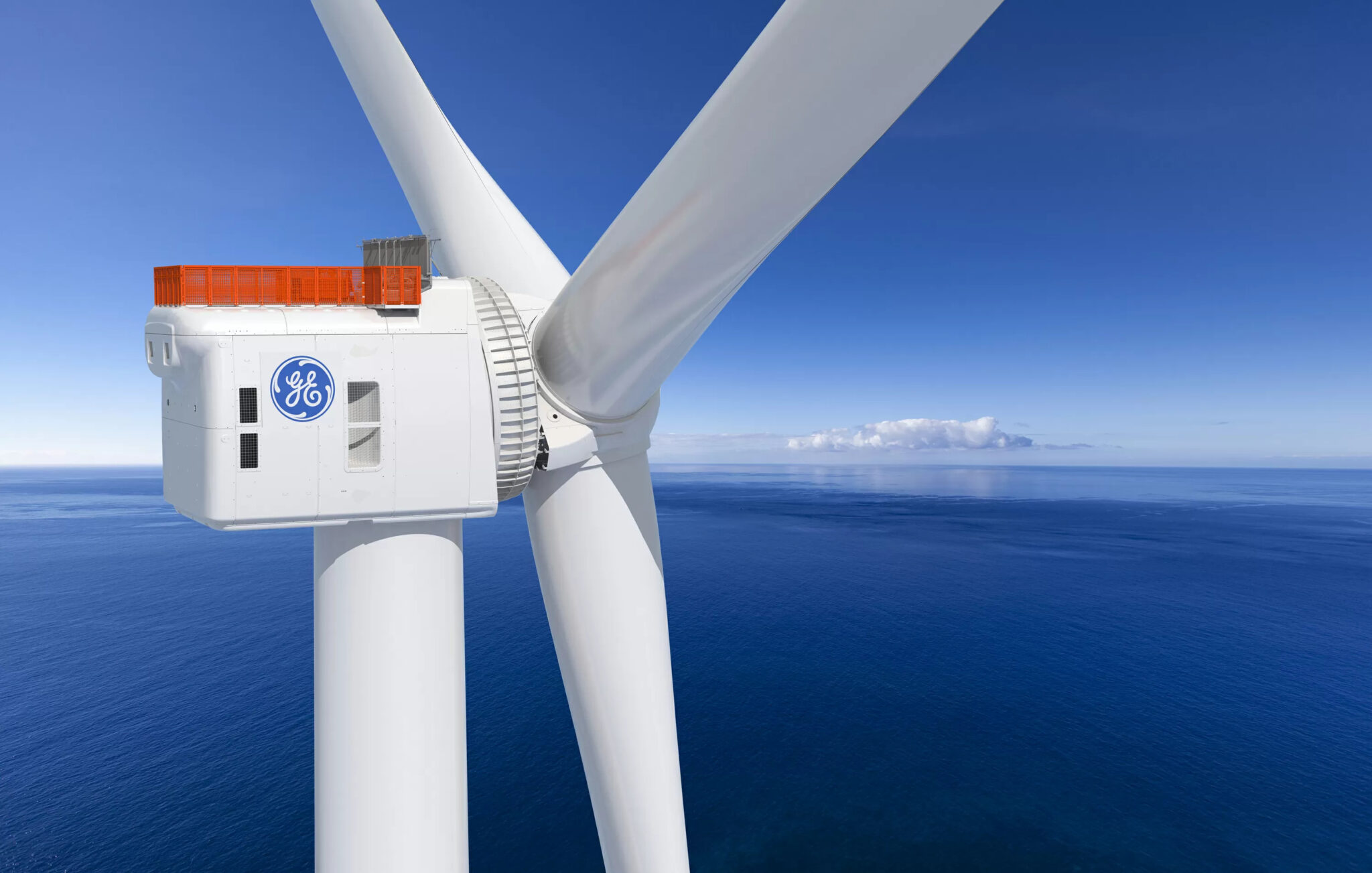Octillion Power Systems, a global provider of advanced lithium-ion storage systems for electric mobility (earlier post), announced a new demonstrator program for battery-leasing that allows batteries to be leased to fleet customers when they purchase vehicles.

Under the program, participating fleet operators will be allowed to source batteries through a five-year “lease-to-own” program, with no up-front payment. Access to the program will be on a first-come, first-served basis.
The goal of the demonstrator program is to collect data on battery degradation, evaluate fleet-operation-use models and to assess second-life viability of the used batteries. Ultimately, this will allow Octillion to build market cases for traditional financing groups eager to get into battery leasing but concerned by the technology. Leasing is a leverage tool to drive the adoption of electric commercial vehicles by allowing fleet operators to immediately tap into the total cost of ownership benefits associated with operating electric vehicles versus those powered by with internal combustion engines (ICE).
In a 2019 survey, customers in the market for a new vehicle were asked why they would be hesitant to purchase an electric vehicle (EV). The top responses included anxiety surrounding range per charge, the higher price point, lack of charging infrastructure, and questions surrounding recycling and disposal. These four supposed drawbacks of EVs have inspired Octillion to roll out its battery leasing program for the convenience of fleet operators.
Building the cost of the lease into the operating budget helps to defer expense, as well as allow for lower overall operating costs of the fleet. Fleets are ideally suited for electrification, because they can accommodate a “right-sized” battery that optimizes range with cost and weight to address range anxiety issues. Regional and local routes typical of many fleets are 100-150 miles in range, allowing for efficiently priced and sized batteries customized to meet these routes. Roundtrip routes can use localized charging at a centralized depot, allowing charging infrastructure to be shared. Once the demonstrator program transitions to a normalized leasing program of six to seven years, the fleet operator will be able to swap out the used battery for a new one, and the lessor will then repurpose the battery for second life in the grid.







